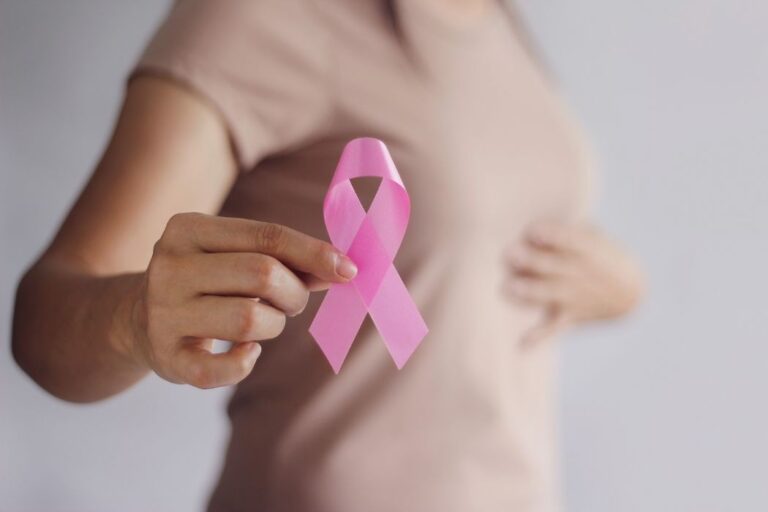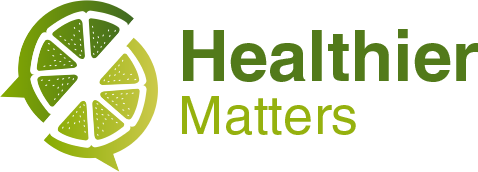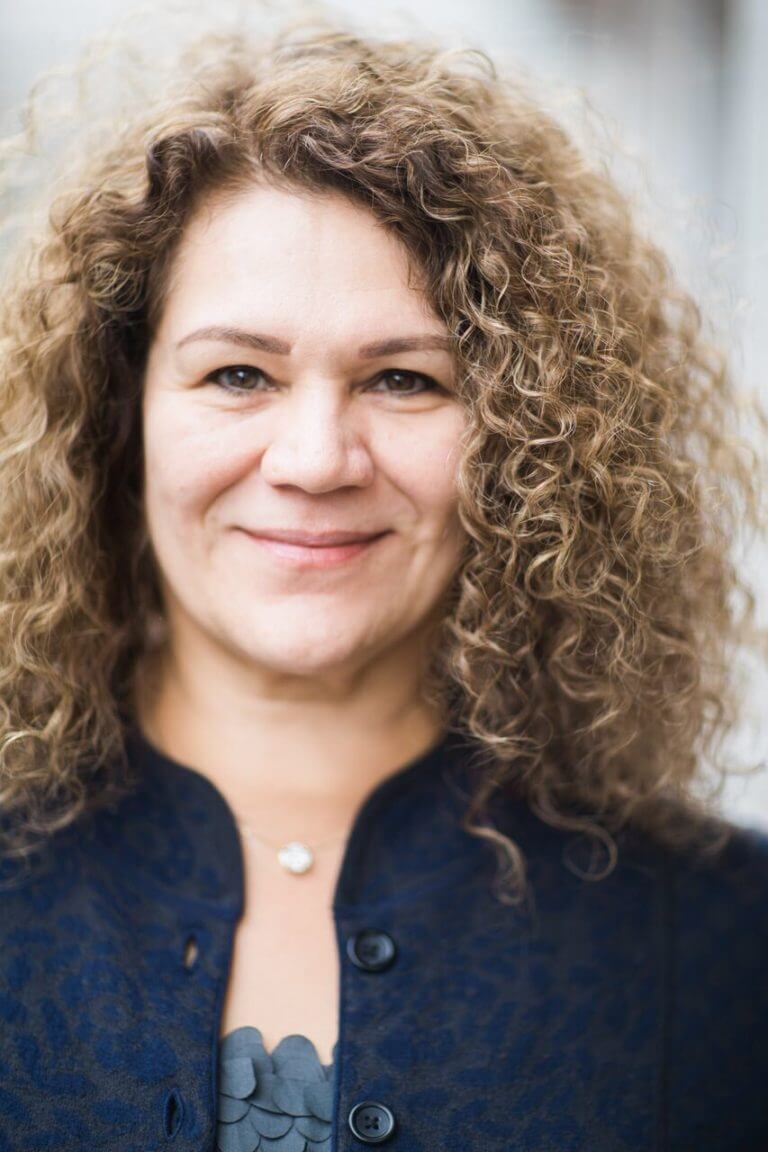
October is Breast Cancer Awareness Month. It’s all well and good that we spread awareness of the importance of regularly checking, but many women don’t know where to start.
How do you check your breasts, and what are you looking for? Are lumps the only cause for concern?
Today we’ll talk you through the five steps to a breast self-exam so that you can ensure you check regularly and accurately.
Step 1
Your first step should be to find yourself a mirror. Stand in front of the mirror, with your shoulders straight and your arms on your hips.
When you’re in front of the mirror, there are certain things you should be looking for:
- Breasts that are their usual size, shape, and colour
- Breasts that are evenly shaped without visible distortion or swelling
However, if you notice any of the following changes, please ensure you talk to your doctor about them:
- Dimpling
- Puckering
- Bulging of the skin
- A nipple that has changed position or an inverted nipple (pushed inward instead of sticking out)
- Redness, soreness, rash, or swelling
As always, none of these should make you panic, as a number of things could cause them, but it’s essential to get it checked as soon as possible.
Step 2
While this may seem simple, it’s a vital part of the process. While standing in the same spot in front of the mirror, raise your arms and look for the same changes.
Step 3
While standing in the mirror, look for any signs of fluid coming out of one or both nipples. This could be a watery, milky, or yellow fluid or blood.
If you find any discharge, this isn’t a cause for alarm. Discharge may be a hormonal side-effect or a leftover effect from breastfeeding. Whatever the reason, it’s important to get it checked.
Step 4
Next, lie down somewhere comfortable. Using your right hand to feel your left breast and then your left to feel your right, use a firm, smooth touch with the first few finger pads. Keep your fingers flat and together, and use a circular motion about the size of a quarter.
Make sure you cover your entire breast from top to bottom, side to side. This includes from your collarbone to the top of your abdomen and from your armpit to your cleavage.
Following a pattern can help ensure that you cover the entire breast. It’s advisable to begin at the nipple, moving in larger circles until you reach the outer edge of the breast. Some women also find it easier to move their fingers vertically in rows. Be sure to feel all the tissue from the front to the back of your breasts: for the skin and tissue just beneath, use light pressure; use medium pressure for tissue in the middle of your breasts; use firm pressure for the deep tissue in the back.
When you have reached the deep tissue of your breast, you should be able to feel down to your ribcage.
Step 5
The last step entails feeling your breasts while standing or sitting up. You may find this more effortless in the shower or with moisturiser. Using the same process described in Step 4, ensure your entire breast is covered.
General Tips
Check your breasts at least once a month and on the same day. Avoid checking them during your menstrual cycle, as this could cause changes.
Checking your breasts in the shower can help many women, as you may be able to feel changes a lot easier.
If you find it difficult, it’s ok to ask your partner to help. No, this won’t help with foreplay, but having someone to check for you could take some anxiety away and make the process easier.
What to do if you find a lump or a concern?
There are many reasons you may have a lump, a breast change, or a cause for concern. It’s important not to jump straight to cancer. Don’t panic!
Most women find some lumps or lumpy areas in their breasts, and the majority of breast lumps turn out to be benign. There are a number of causes of non-cancerous breast lumps, including injury, hormonal changes and more.
The important thing is to make sure you book an appointment with your doctor as soon as possible, so they can allay your fears.



I have a friend with whom I shared this blog and she found a small lump just under her breast. Luckily, it’s not cancerous, but she was so grateful for this information; it helped save her. I am just so grateful that I found this blog when I did.